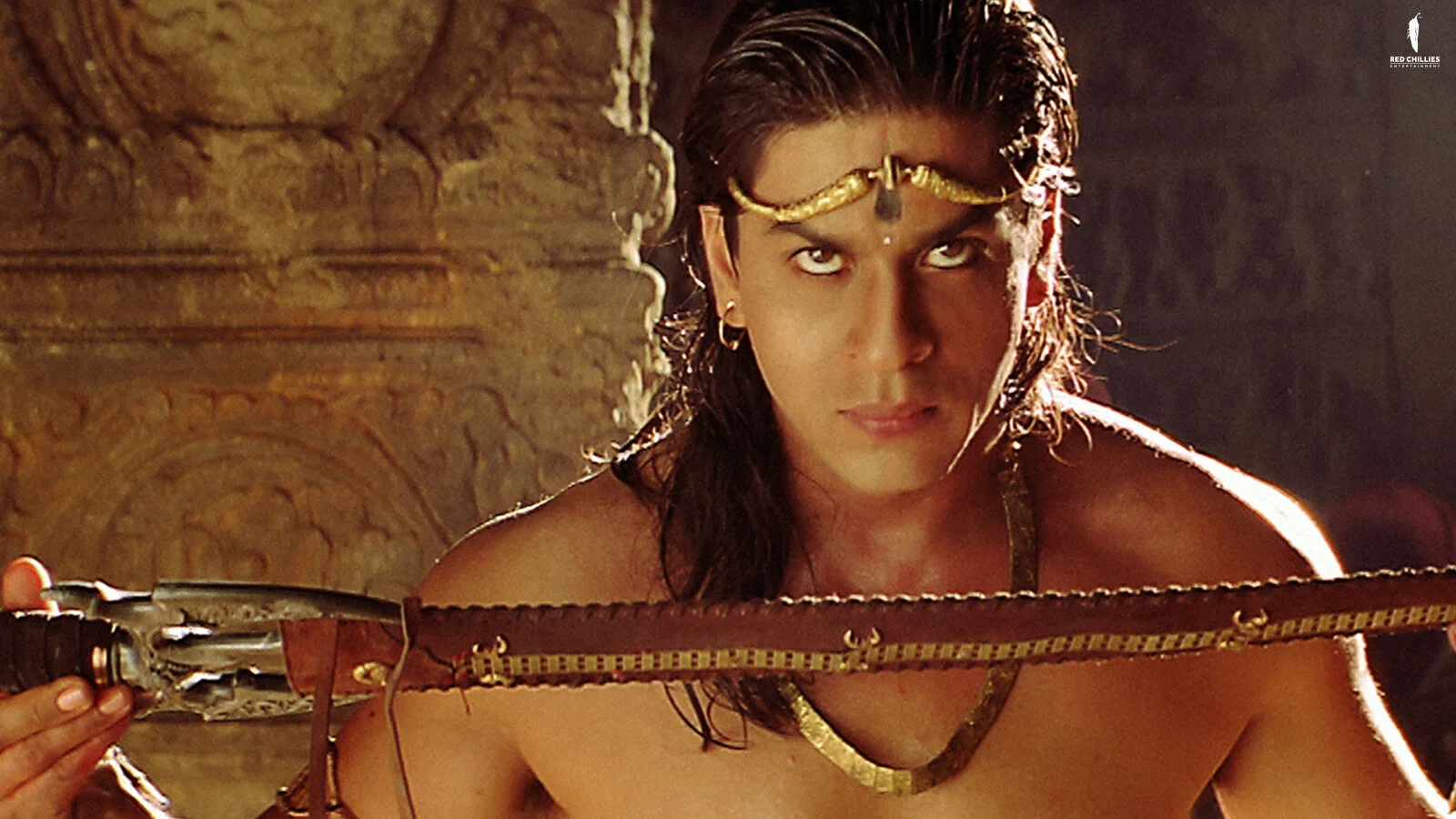Ashutosh Gowariker's “LAGAAN: ONE UPON A TIME IN INDIA”
Movie review by Dennis D. McDonald
This 3-hour-plus historical-drama-cum-sports-extravaganza has something for everybody:
Little guy against big guy
Noble farmers vs. evil foreign conquerors
The Big Game at the end where everything is decided
Girl From The Country competes with Girl From The City for the same dashing hero
Pleas for religious and social tolerance
An intermission (!)
Did I mention spectacular musical production numbers, a charismatic hero, a Cast of Thousands, and sensational sets and photography?
The story: in rural India in 1893 a village is experiencing a disastrous drought that causes personal hardship as well as an inability to pay the annual “lagaan” (tax). The tax supports both the local puppet government as well as its “protectors,” the English colonial rulers who are backed up by military drawn from native ranks.
After the Snidely-Whiplash-like local English military governor has a run-in with a young local farmer (the movie’s hero) he takes out his anger by proposing a wager: if the local farmers can beat the English at a game of cricket, the entire province will not have to pay taxes for three years. If they lose, they will have to pay thee times the normal tax — which will destroy them.
Therein lies the story. As unlikely as it sounds, you cannot resist being drawn in despite the caricatures and stereotypes that are strewn about.
Some of the cultural references may be a bit, uh, foreign to Westerners. The concept of Untouchables, the significance of Hindu and Muslim working together, and the uneasy alliance between regional Indian royalty and the East India Company’s financial interests as protected by English military force, are useful to understand as key elements of the movie revolve around them. Plus, there is cricket, a game that is a mystery to me, and much of the second half of the film is taken up by the Big Game.
But overall, the viewer is swept along. You do not need a scorecard to appreciate the story (even the big game), and I would argue that the climax of this movie is among the most dramatically satisfying I have ever witnessed in any film — you may want to stand up and cheer.
But there is underlying truth here, too, and it isn’t pretty. Whenever I watch films centered on English country houses and nobility from the 19th century, I cannot help but think that the art, grace, manners, and lifestyle of many of the gentry were supported by poor subjects in foreign lands who regularly were ground beneath the colonial boot.
Yes, the farmers in LAGAAN are depicted as saintly (rather like the farmers in THE MAGNIFICENT SEVEN) but you cannot get away from the underlying evil of the colonial system. Be that as it may, this movie can be enjoyed by all ages. The dubbed-in musical performances are entirely artificial but exhilarating. Hey, if Gene Kelly can prance around singing in the rain, why not have brightly clad villagers celebrate a coming monsoon with a spectacular song and dance number? (I immediately ordered the soundtrack online the music it’s so good in this film.)
The DVD contains multiple language subtitle tracks; I chose English subtitles, which are very easy to follow (it doesn’t hurt that much of the movie is in English). There are some deleted scenes as well. But the movie is wonderful all by itself, and highly recommended.
One odd note; the color and photography are crisp and pure throughout this movie, with some well-lit night scenes that are among the most gorgeous I’ve ever seen. Early in the movie, however, there is an annoying scratch that seems to indicate that the print used for digitization was not pristine. It’s an odd oversight in an otherwise nearly perfect cinematic epic.
Review copyright (c) 2011 byDennis D. McDonald

